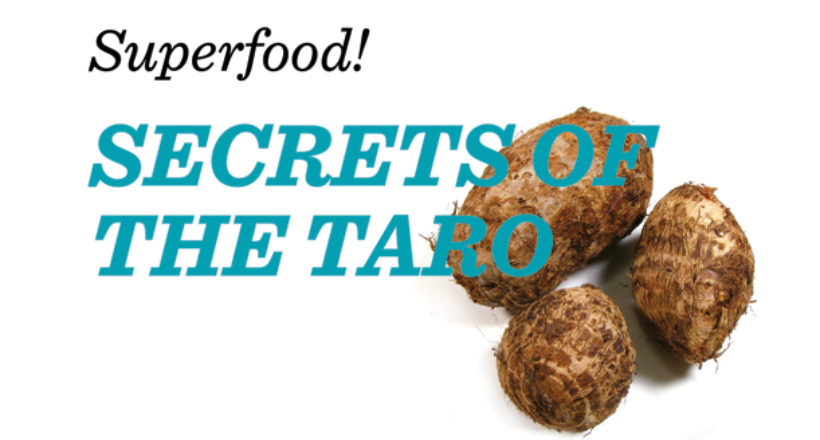
Wellness – Superfood! – Secrets of the Taro
- MAR 06, 2017Warning: count(): Parameter must be an array or an object that implements Countable in /home/howlermag/public_html/old/wp-content/themes/new-paper/includes/general.php on line 193

Your Lead Paragrpah goes here
That dark, hairy, root-looking thing in the vegetables—what is that?
That, my friends, is taro root, a starchy, nutrient-rich local flavor. It’s high in fiber, with a single serving offering a full 27% of the day’s fiber needs, which matters to gut health first and a lot of disease prevention as well. Its rich antioxidant content helps fight most kinds of disease and improve vision. Loaded with potassium, it helps with circulation. Its high vitamin C levels boost the immune system and help combat immuno-deficiency conditions. Also rich in iron and copper, it reduces the chances of developing anemia and stimulates blood flow. The only thing to be aware of is that it’s also pretty high in calories—112 for every 100 grams, higher than potatoes.
In food prep, whatever you can do to a potato, you can do to taro. Its flavor and texture are more interesting than a potato’s though; it’s soft, creamy, and flaky. It’s sometimes slightly sweet, and sometimes not recognized as having any distinctive flavor at all. This makes it an easy side dish, whether fried, mashed, simmered, or stewed, or breakfast option, shredded into little taro cakes. In Hawaii, taro is mashed into the famous dish poi.
Working with taro root is a little weird since its skin can irritate your skin, and the flesh is a little slimy. You can circumvent these challenges by wearing gloves or a using a towel when peeling, and by parboiling and rinsing taro cubes before putting them into your recipes.









